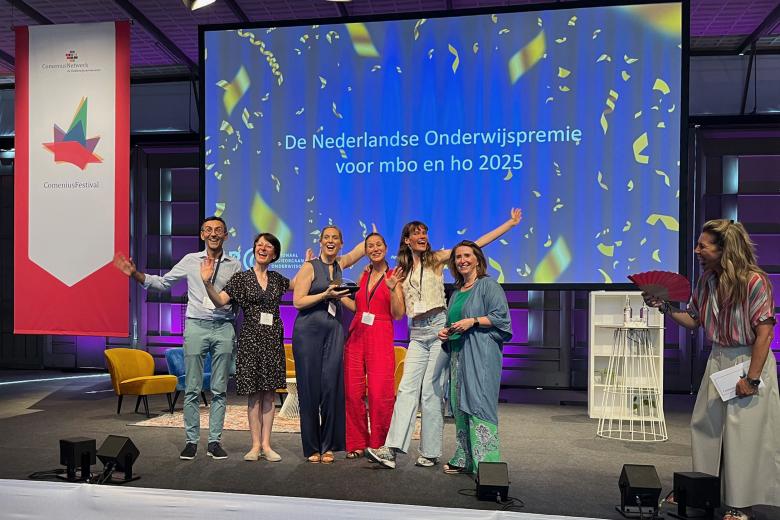Dr. Ramon Ottenheijm secured a grant for Early Knee Osteoarthritis Detection with AI
Dr. Ramon Ottenheijm, a researcher at CAPHRI, secured a NWO-Dutch Arthritis Society grant of 945,000 euros to develop and test a smartphone-based point-of-care (POC) ultrasound application with artificial intelligence (AI) for the early detection of knee osteoarthritis. Dr. Ramon Ottenheijm (Dept. of Family Medicine) is a general practitioner specialized in musculoskeletal disorders and a clinical and research expert in POC ultrasound.
Knee osteoarthritis presents diagnostic challenges, particularly in its early stages. Enhancing early diagnosis is important, especially in general practice, where most patients initially seek help for knee pain. The proposed smartphone-based POC ultrasound application with AI holds promise in addressing this diagnostic challenge for general practitioners. By facilitating earlier diagnosis, it offers potential biomarkers for precision medicine and disease monitoring. AI-driven POC ultrasound eliminates the observer dependency that characterizes ultrasound and minimizes training needs. This project will also evaluate user acceptance, assess clinical and psychosocial impacts, and provide implementation training, recognizing the innovative nature of the application.
This project will be carried out in collaboration with Prof. Dr. Jochen Cals and Dr. Jesse Janssen of the Dept. of Family Medicine, the Dept. of Radiology of Radboudumc (prof. Chris de Korte), Telemed, Sonoskills, Ardim, Het Beweeghuis (dr. Tim Boymans) and Het Beweegkader.

Also read
-
Green light for UM participation in unique YUFE bachelor programme
The UM can start as a degree awarding partner in the new unique bachelor programme Urban Sustainability Studies offered by YUFE (Young Universities for the Future of Europe), an alliance of ten European universities. This week, the UM received a positive outcome of the macro due diligence assessment...

-
Professor Anouk Bollen-Vandenboorn appointed Knight in the Order of the Crown
Prof. Dr Anouk Bollen-Vandenboorn, Director of the Institute for Transnational and Euregional cross border cooperation and Mobility (ITEM) at the Faculty of Law, Maastricht University, was appointed Knight in the Order of the Crown on 3 July, during a formal ceremony at the Belgian Embassy in The...

-
Study Smart gets Dutch Education Premium
Maastricht University's (UM) interfaculty educational innovation project Study Smart is one of the three winners of the Dutch Education Premium 2025. This was announced on Tuesday during the Comenius festival in The Hague.
